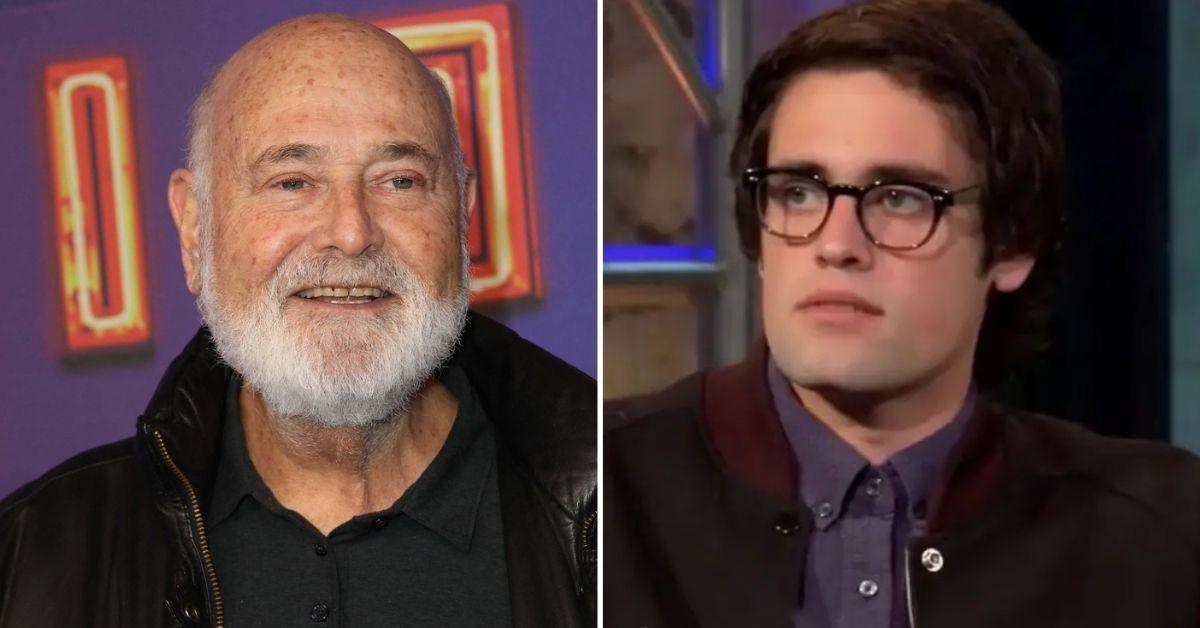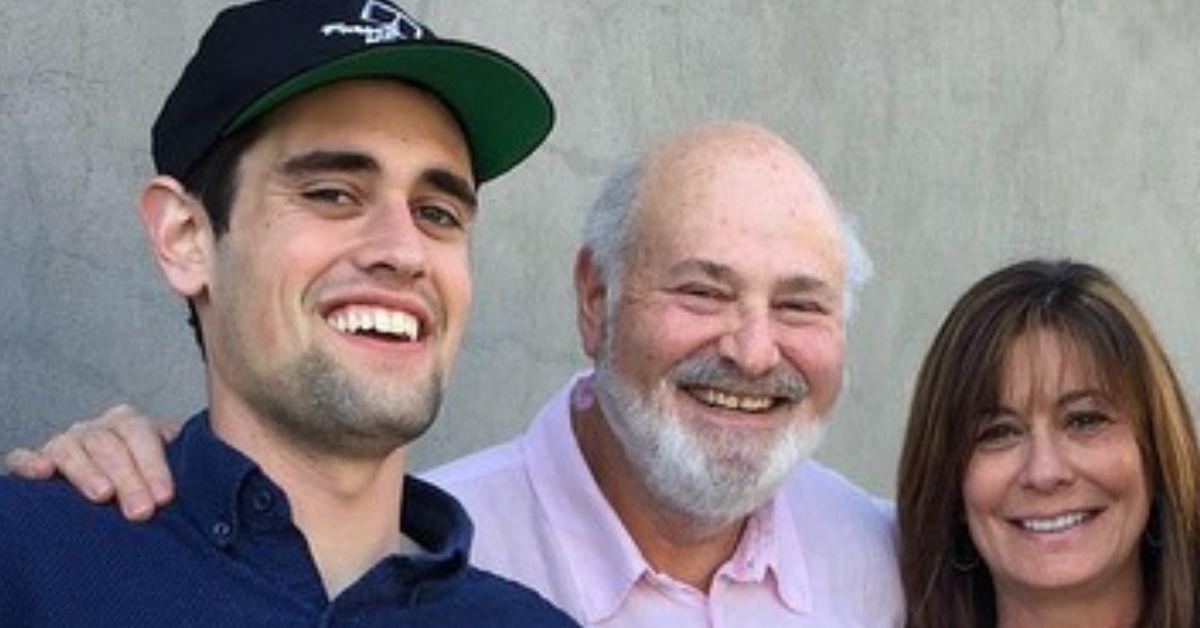'It Literally Almost Cost The Monarchy': How The Death Of Princess Diana Nearly Sparked A British Anti-Royal 'Revolution'

July 26 2022, Published 6:04 a.m. ET
She was known as “The People’s Princess” – and after Diana, Princess of Wales, died in August 1997, for the first time in Queen Elizabeth II’s reign, “revolution was in the air."
This is the startling revelation in the new episode of chart-topping podcast "The Firm: Blood, Lies and Royal Succession," released today.
“When Diana, Princess of Wales died, we were looking at the biggest existential crisis facing the monarchy since the abdication crisis in 1936,” explains Thomas-Mace-Archer-Mills, founder of the British Monarchist Society and a regular contributor to the podcast. “And that was really something. Because people wanted to say the Queen was just horrible. People were aghast at her.”
This “revolution” was an angry reaction to the Queen’s apparent indifference to Diana’s sudden, shocking death in Paris, at just 36 years old. As the crowds gathered outside Buckingham Palace in their thousands, laying wreaths and tributes, the Queen remained silent in her Scottish estate of Balmoral, where she had been holidaying with her grandchildren, Princes William and Harry.
As Cele Otnes, author of Royal Fever, tells the host of the podcast, the Queen’s refusal to return to London was a huge mistake. “This was the first time the Queen had made a misstep,” she says. “And that's a huge statement. She'd been clean since 1953. The royal family acted as if they had blinders on and did not consider what the public needed. The public wanted to share the grief with the family. They wanted to be able to connect. And the Queen did not give them a mechanism to connect. So this felt very cold, distant and disrespectful to Diana.”
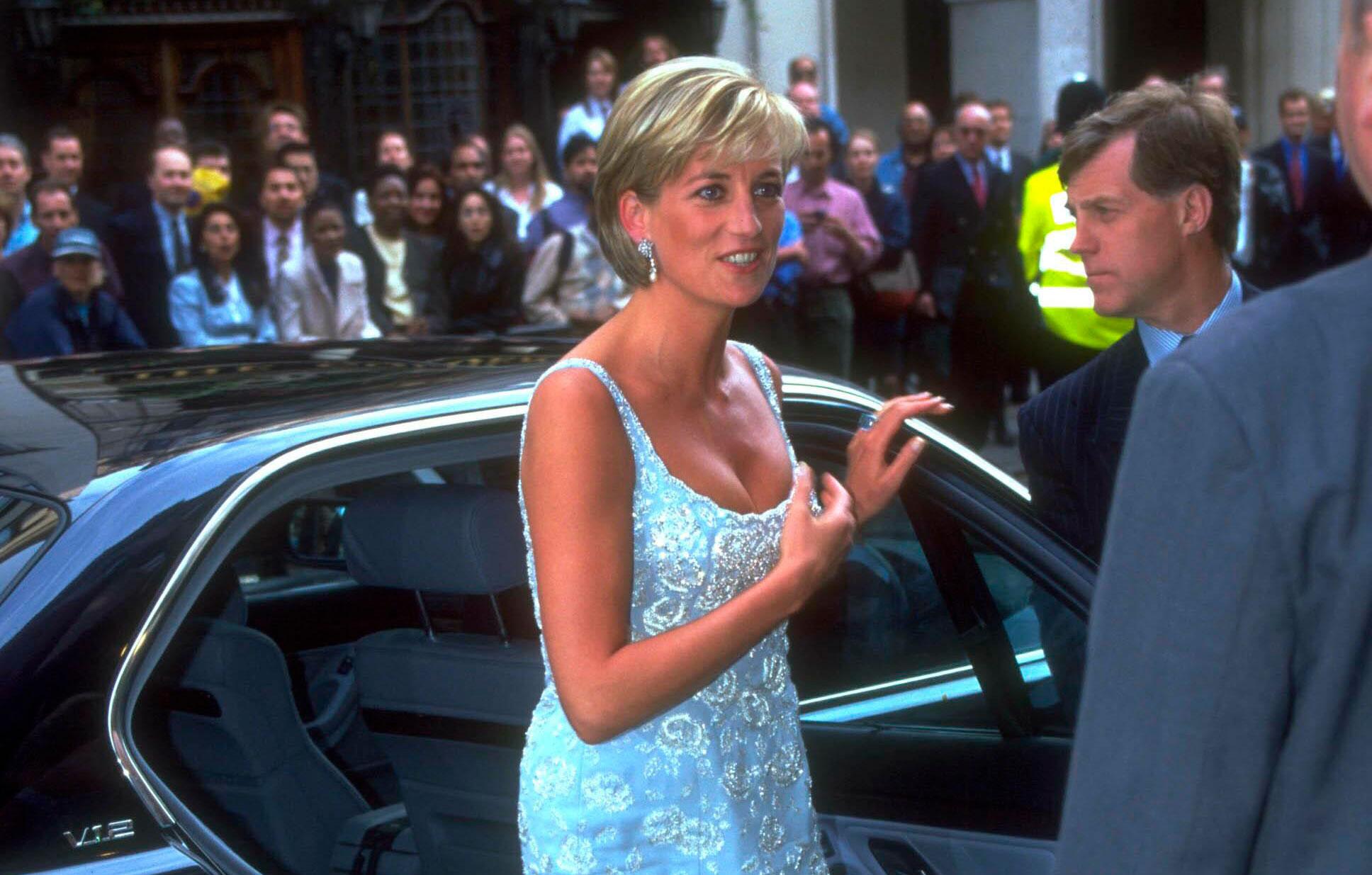
Powered by RedCircle
Diana’s huge popularity at the time of her death was in direct contrast to that of her ex-husband Prince Charles. In the wake of their messy divorce and the revelations of his affair with Camilla Parker Bowles, Diana’s fatal car crash sparked a rash of conspiracy theories – with some even suggesting the royal family themselves may have been behind her death.
Even those who did not believe the conspiracy theories found the “cold-heartedness” of the Queen’s reaction shocking – a situation made worse when Buckingham Palace refused to put aside protocol and fly the Union flag at half-mast in Diana’s honor.
“The story that developed right away was the cold-heartedness of the Royal Family,” says Bill Hoffman, who reported on the crowds in London for the New York Post.
“Because what's the first thing you really want to do, when someone in the family dies and you're head of state? Of course, you're going to fly the flag at half-mast. So there was a Union Jack up there, up, on top, just sitting there, waving away. And people were like, ‘Why don't they lower it to half-mast? Why don't do they do this?’"
“It was a very easy thing they could have done, no sweat, no controversy, and yet it took them four or five days before they actually did it. And that got a lot of people absolutely furious; they couldn't believe why the Queen was not there herself, with the ropes, getting that taken care of.”
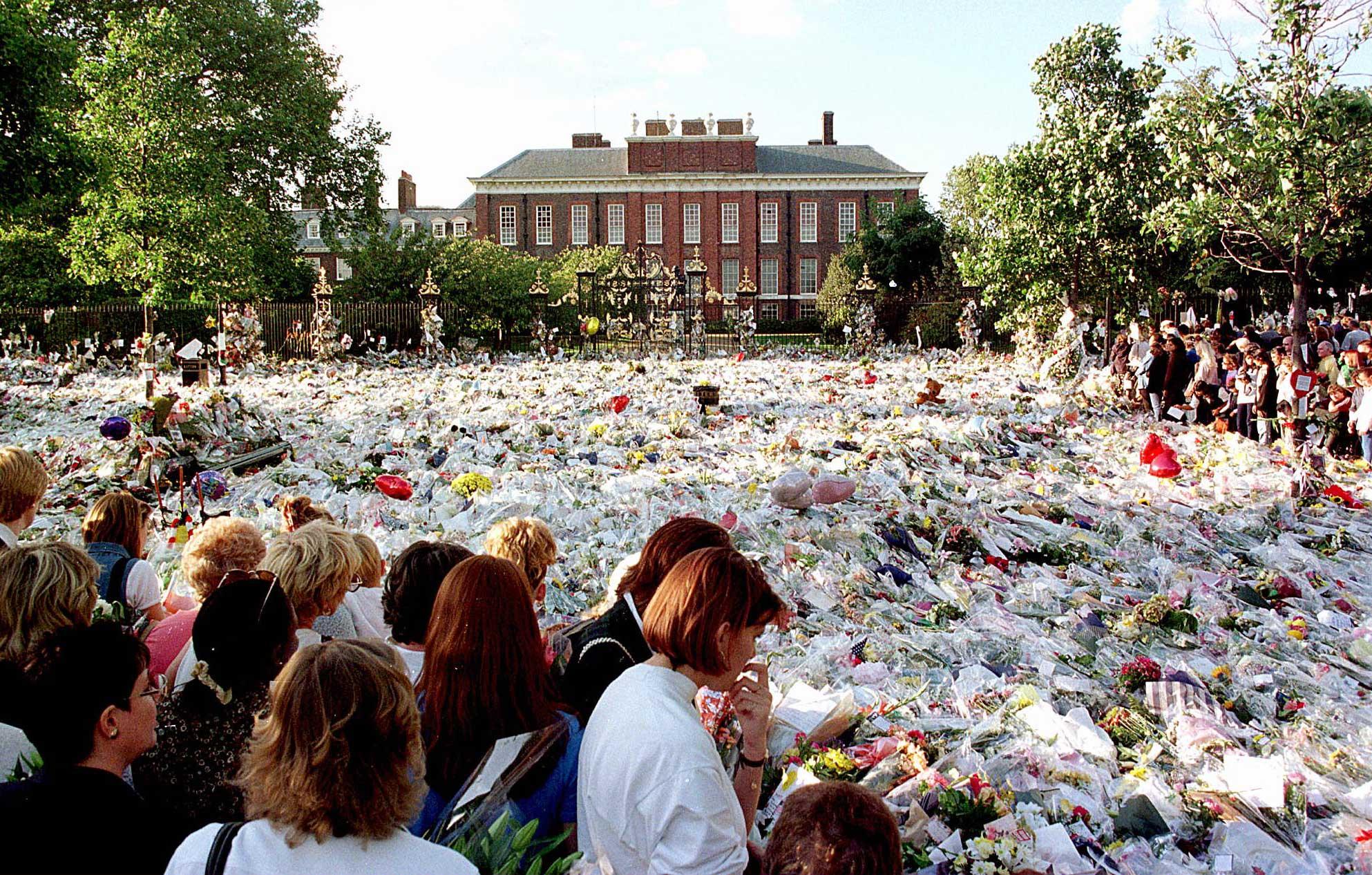
This terrible misjudging of the public mood became a serious crisis for the Palace. Former butler to Prince Charles, Grant Harrold, reveals that for the Firm — the shadowy organization of senior royals, courtiers, and public relations experts who effectively run the monarchy — the anger was seen as a real threat to the royal family.
“It almost cost the monarchy,” he says. “It literally almost cost the monarchy, because there were all these people saying ‘get rid of it.’”
“It's probably one of the first and only times in the Queen's long reign that people turned against the Queen and started to criticize her in public, which is completely unheard of,” adds royal commentator Kinsey Schofield. “And it wasn't just one voice. You're looking at hundreds of people that are getting in front of a television with a microphone in their hands saying, ‘Where are you? Where are you?’”
The podcast, which has been compared to the Netflix series The Crown, and covers a different royal crisis every episode, also reveals that for the Firm, Diana’s death marked a watershed in the way the whole royal family operates.
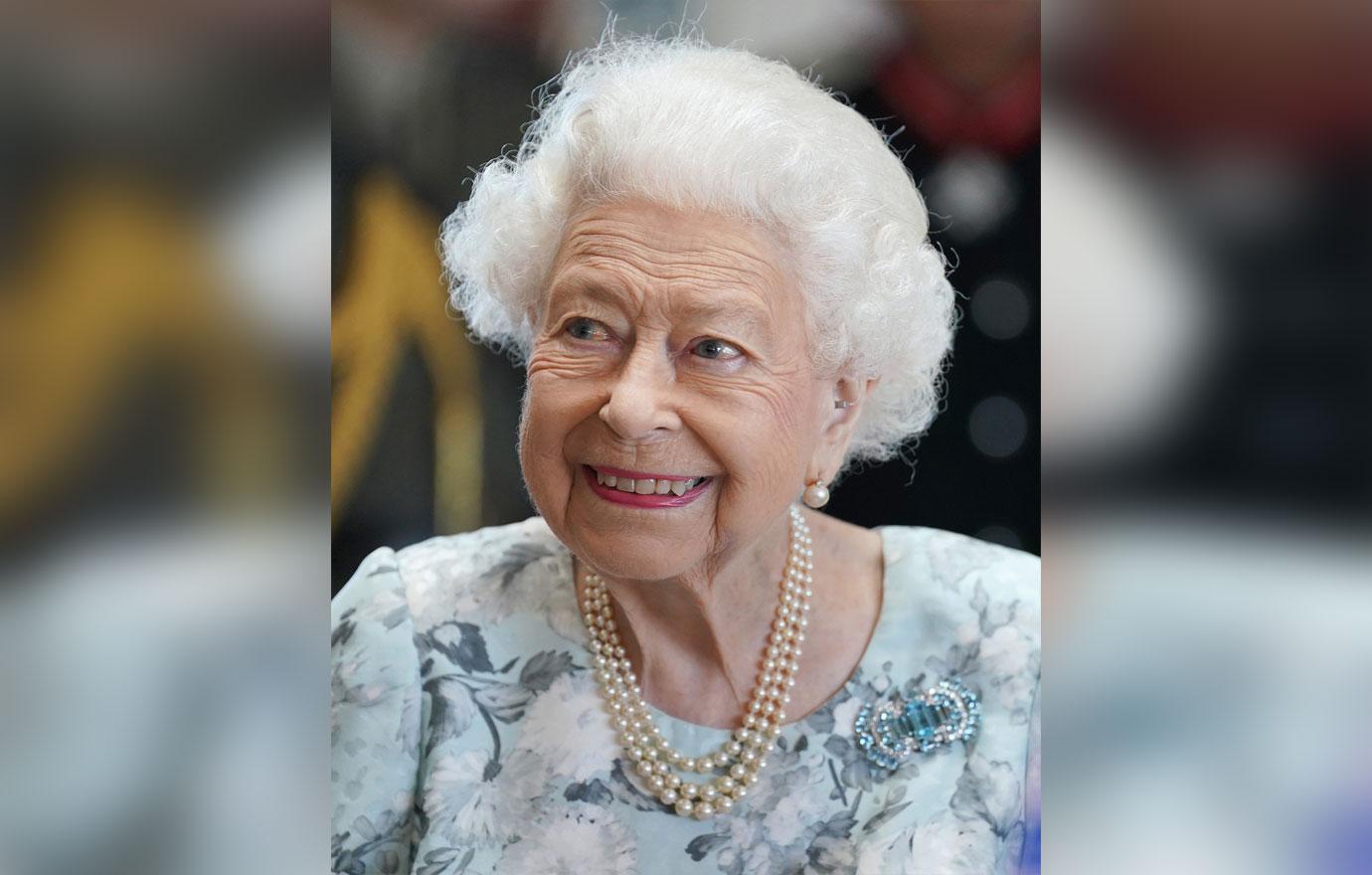

“Once they realized the impact Princess Diana had on not just their country, but the world, everything changed, and they had to change their agenda,” says Schofield. “And they realized that they were going to have to put themselves out there a little bit more. And their mantra, ‘Never complain, never explain’ – they were going to have to show a little bit more emotion than they were used to."
“I don't think they expected the outpour of devastation that they received. They turn the televisions on, they see this sea of flowers, they see people irate at them and they realize, ‘We've made a horrible decision.'"
Listen to "The Firm: Blood, Lies and Royal Succession" by clicking the link below.
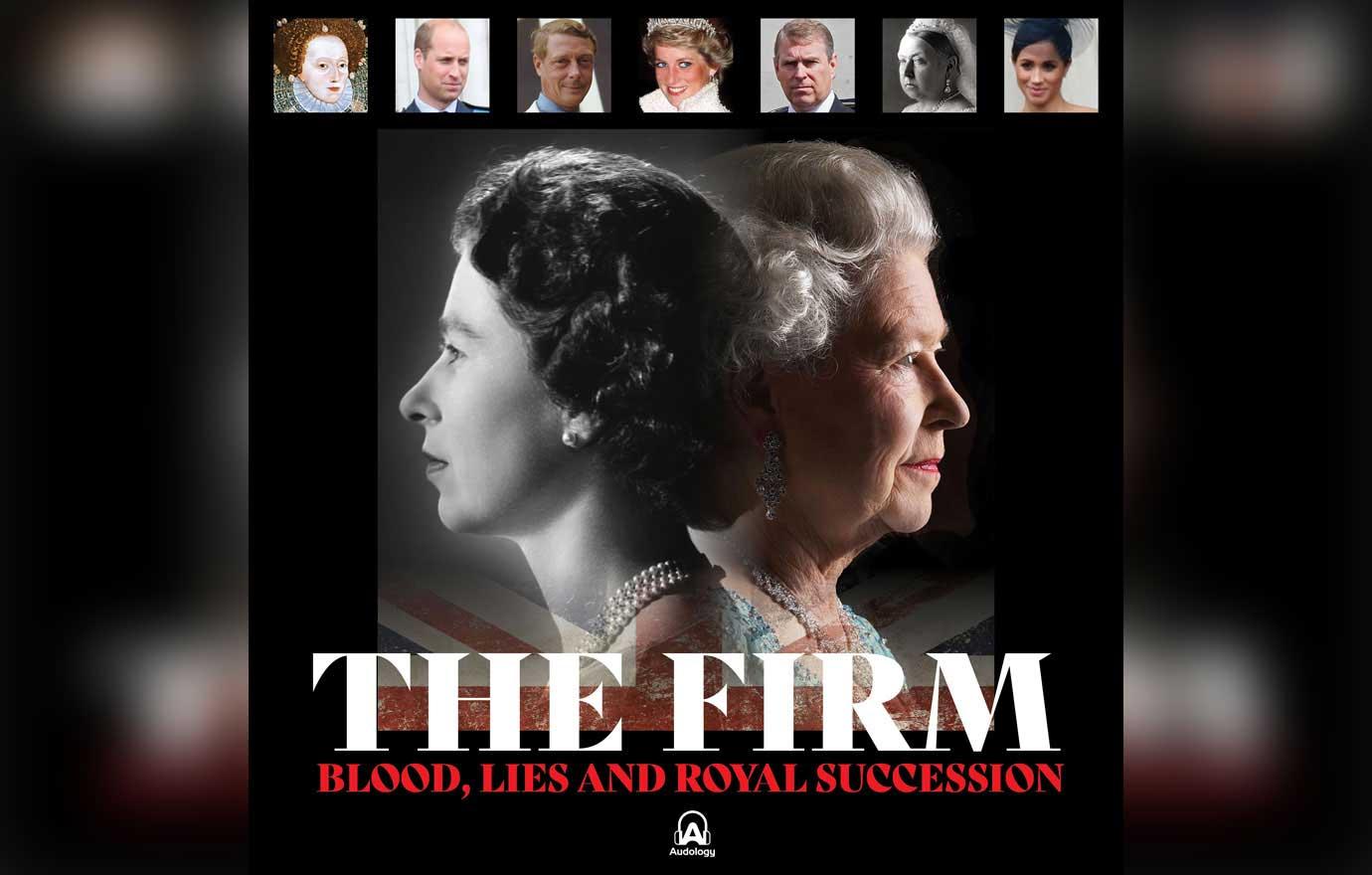
Powered by RedCircle

